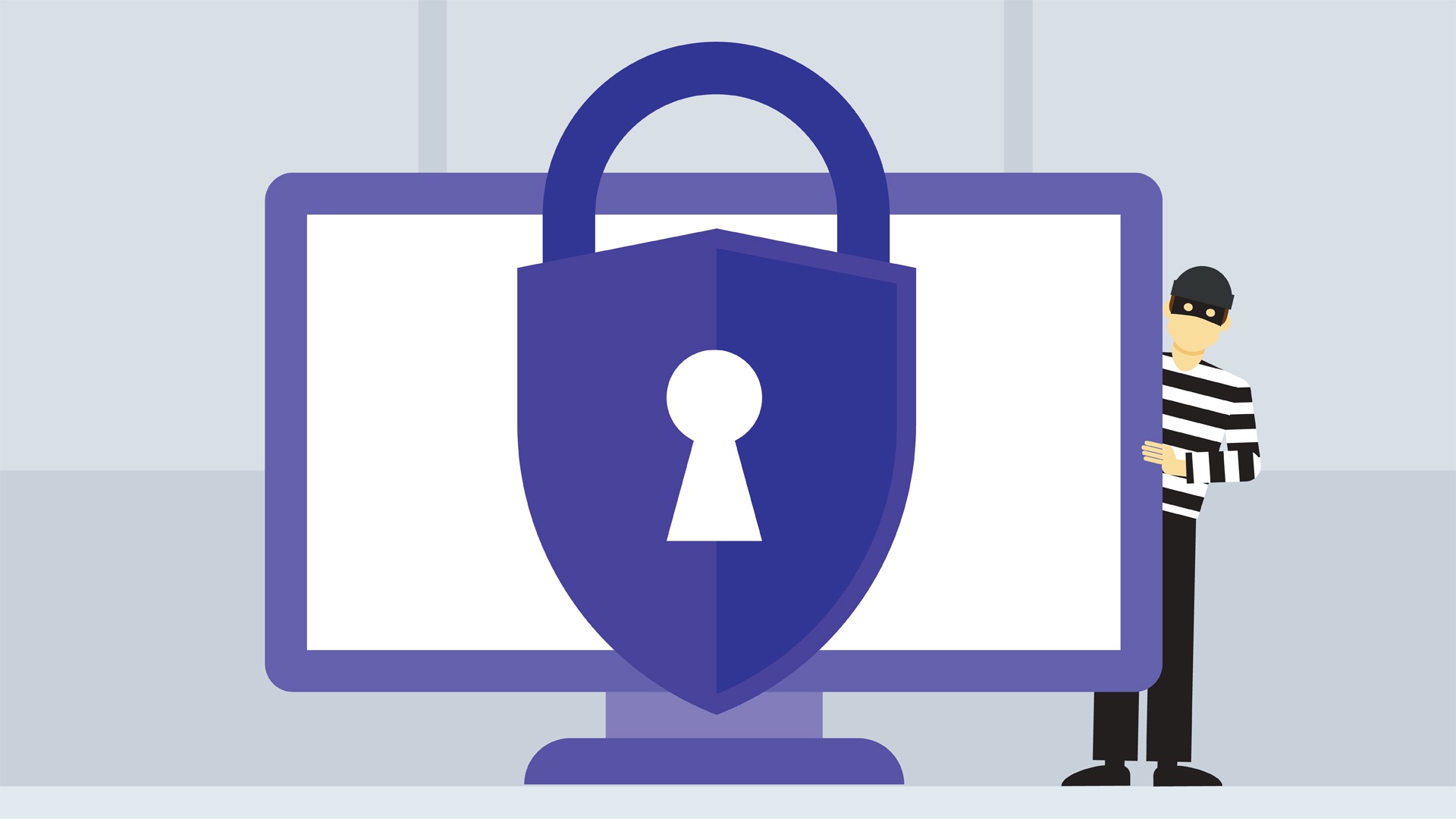Cybersecurity will continue to be a top technology trend in 2019, according to Matrix Integration, a strategic IT infrastructure partner for more than 1,000 businesses and schools in Indiana and beyond.
Increasing threats to multiple devices and technologies can cause significant damage to enterprise-sized businesses, not to mention bring about catastrophic effects for small-and medium-sized businesses. In a recent survey by the Better Business Bureau, 65% of small businesses said they would be unprofitable within three months if they lost access to essential data.1
“All businesses need to take stock of how they’re securing their infrastructure,” says Chris Martin, security expert and solutions architect at Matrix Integration. “As new technologies arise, criminals will always find a way to exploit them. Fortunately, there are more ways than ever before to secure a network from inside out. Better still, these sophisticated technologies are now scalable and at a price point that most businesses can afford.”
As 2019 approaches, Matrix experts expect the following solutions to become more deeply embedded within business cybersecurity frameworks:
° IoT security will become more prevalent, as businesses from manufacturing to health care increasingly employ devices and equipment that “talk” to each other via the internet.
° More companies will employ network access control (NAC) solutions. NAC solutions help IT administrators gain immediate access and visibility to quickly see who is on the system and what they’re doing.
° Artificial intelligence (AI) isn’t just for big businesses anymore. In 2019, more organizations will have access to AI tools that continuously monitor activity within networks and rapidly detect anomalies.
° Advances in security information and event management (SIEM) products and services will help businesses both detect and mitigate security issues on the network in real-time.
° Businesses often use MFA (multifactor authentication) in high-security industries like finance, but now it’s even easier for companies to employ the same technology to verify employees and guests who are using the network while keeping out unauthorized visitors.
° Single sign-on solutions are also gaining traction. These tools often work alongside MFA solutions to allow users to gain access to applications they’re authorized to use with just one login and password. This helps system administrators control access to the network while reducing the amount of information users need to remember.
° More organizations will turn to identity as a service (IDaaS), which provides cloud-based subscriptions to help authenticate users and manage their activity. IDaaS, as with all cloud-based services, adapt quickly to new situations, can be scaled up or down depending on needs, and do not require hardware or infrastructure to implement.
° Role-based security, which allows specific users to access only authorized parts of the network based on their job, will become easier to enforce as enhanced data loss prevention (DLP) and data classification tools help system administrators organize and protect which applications and information certain users can access.
° Collaborative security efforts will continue to grow as employees learn about how their individual actions can protect the entire organization. Organizations will work together from the top-down and bottom-up to make cybersecurity a priority.
° End-to-end security mitigation/analysis/interoperation. With all the new solutions available, from NACs to AI, businesses have even greater opportunities to monitor security breaches from the outside in. Coordinating all these technologies to work seamlessly together is both a challenge and an opportunity.
More insight into cybersecurity can be found in this video: Cybersecurity tips video.
The accompanying graphic is courtesy of Linda.com .





